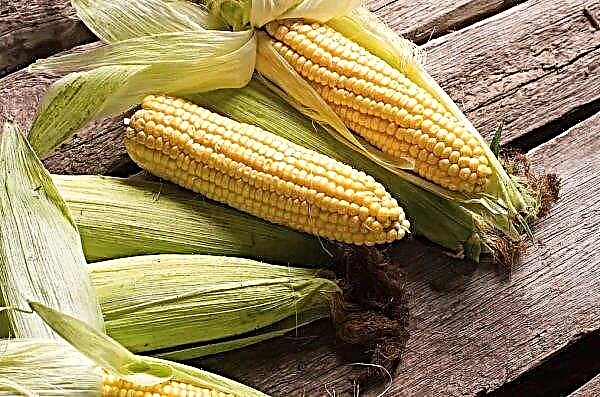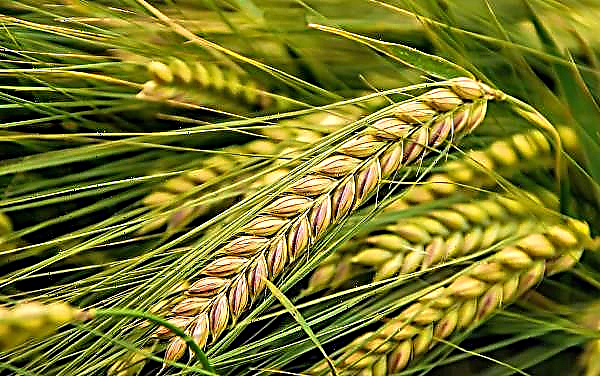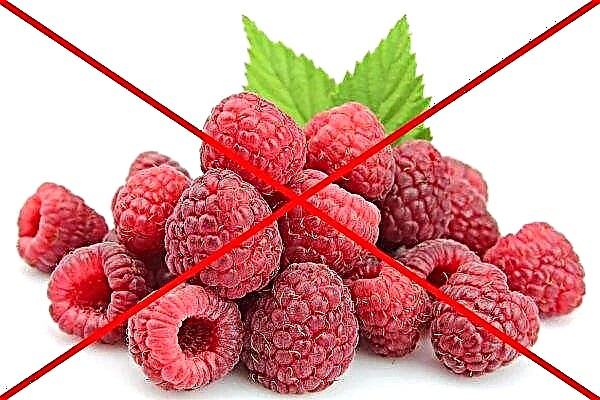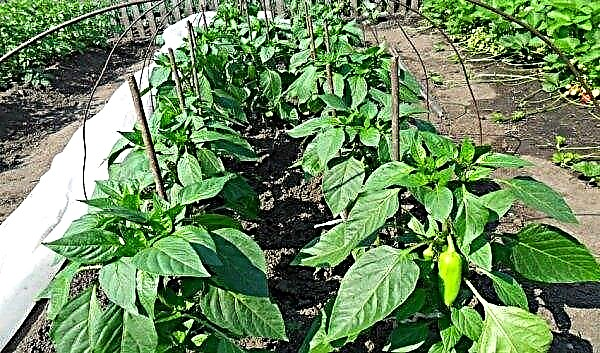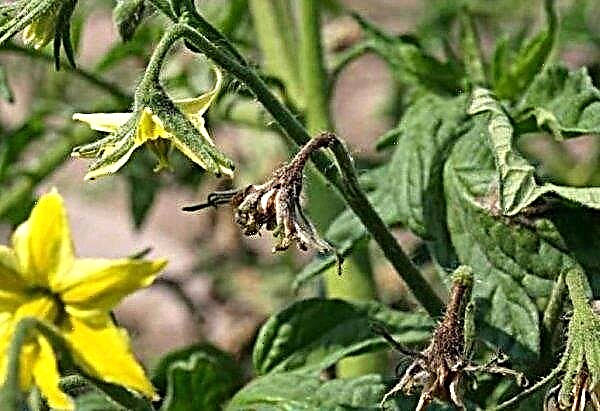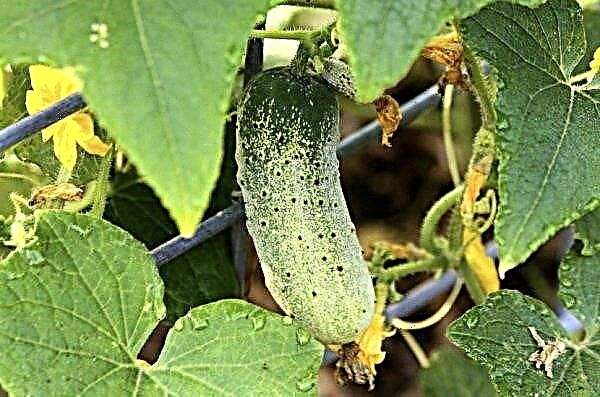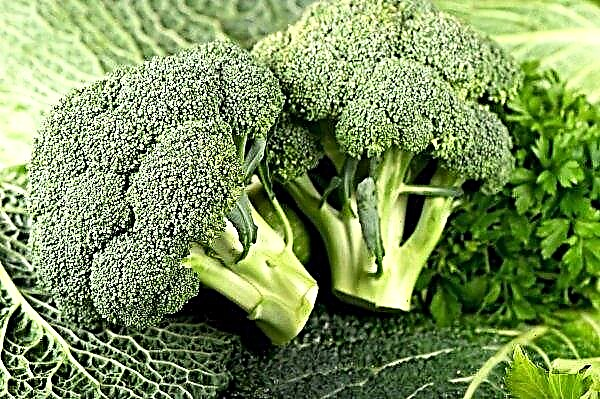Harvesting started in Ukraine, but the harvesting capacity is sorely lacking.
According to a study by the Ukrainian Club of Agricultural Business, April, May and June are a hot period for Ukrainian farmers in their work on re-equipping the grain arsenal. $ 945 million worth of imported combine harvesters.
In 2017 - 954 units, in the past - 795, including 44 domestically produced, 9 of which were paid state compensation. These figures do not cover the annual need to update the combine fleet even by a third. The ratio between new and used machines is approximately - 50 to 50. In general, the fleet of combine harvesters in Ukraine is 53.8 units, according to the calculations of the Ministry of Agrarian Policy, the technological need is 75 thousand.
Some are skeptical of this figure, they say, it was derived on the basis of Soviet approaches, since modern technology has reached such a level of performance that can cope with any area in a short time. But there is such an indicator as the average load on the combine, and it is growing every year. If in 2016 it was 188 ha, then in 2018 - 217 ha. It is worth recalling that in Germany the load on the combine is 60 ha, in France - 70 ha.

According to official figures, the number of “flying Dutchmen” in separate detachments is about 4 thousand, although in reality it is more than 15 thousand. From June to late autumn, they begin to migrate from the north and the center to the south and vice versa.
For example, about 500 foreign harvesters work annually in the fields of the Nikolaev region, and Kherson - 220. According to experts, renting a combine costs an average of $ 45 / ha depending on the crop plus fuel about 500 l / ha if the arrays are large 10-30 thousand. hectares and more, the wholesale rule applies, the price may fall to 30-35 dollars / ha. For agricultural holdings, such prices are quite acceptable, and they see no reason to spend money on expensive combines.
Therefore, the share of rented grain harvesting machines in individual farms is 10-30%. Due to the movement of combine harvesters from north to south and vice versa, precious time is lost, roads are destroyed. Analysis of the collection of early grains and legumes in 2014-2018 shows that this process lasts an average of 32-55 days.

While the optimal cleaning time should be no more than two weeks. According to the scientific institutions of Ukraine, as a result of this, only in the harvesting of grain crops, the loss of grain yield annually amounts to almost 10% or 6-6.5 million tons.

